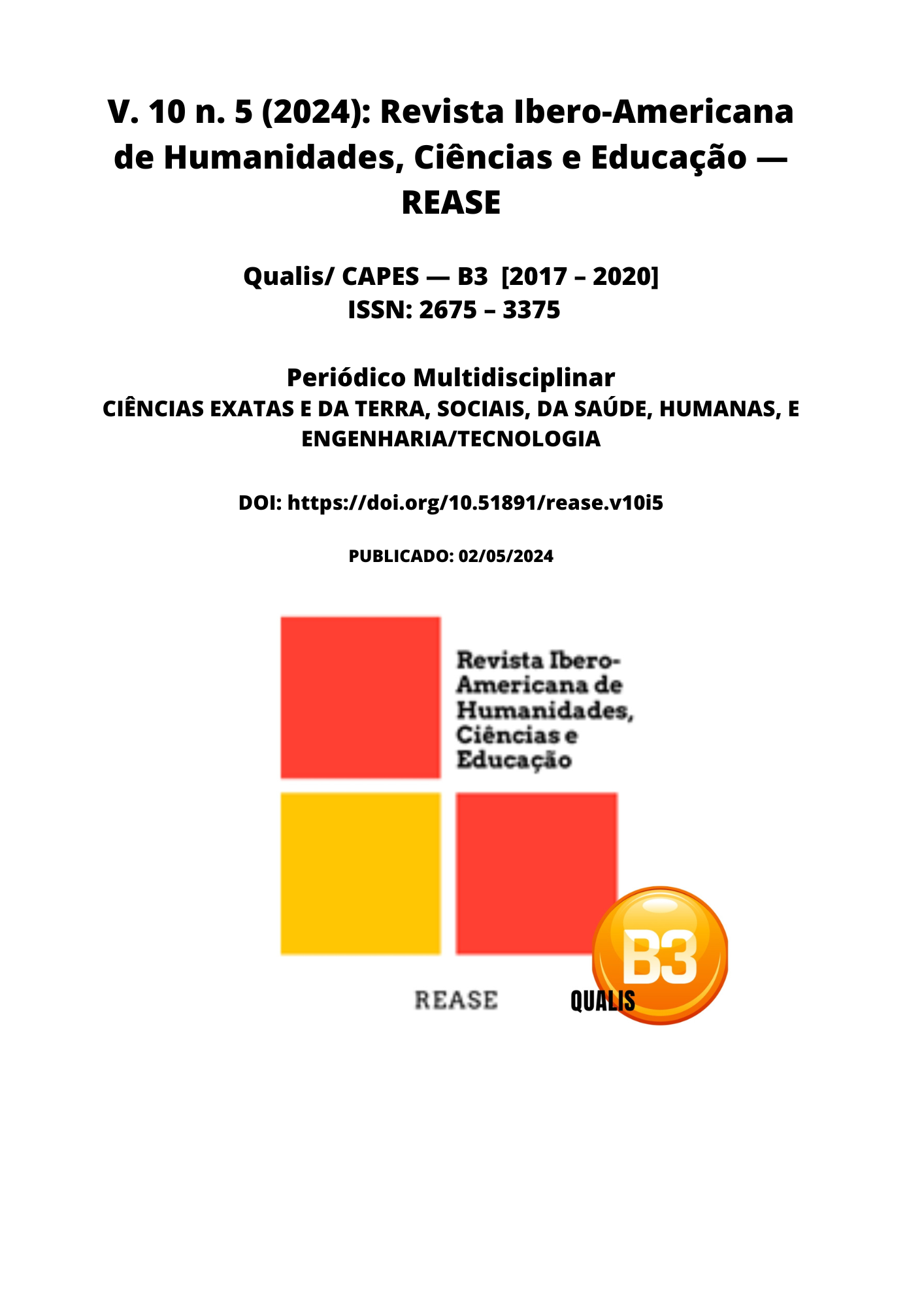MINIMALLY INVASIVE ENDODONTIC ACCESS: A LITERATURE REVIEW
DOI:
https://doi.org/10.51891/rease.v10i5.14345Keywords:
Endodontics. Minimally invasive access. Endodontic access. Types of access. Traditional access. Conservative acesso.Abstract
Endodontic treatment requires access to the root canals and subsequent instrumentation to restore function to the treated tooth. minimally invasive endodontic access (mia) aims to reduce coronal wear and minimize fractures in teeth requiring root canal treatment. the aim of this review was to analyze the advantages and disadvantages of aemi and its impact on the success of endodontic treatment. to this end, this end-of-course work was carried out through a bibliographic survey, with a literature review, based on data collection from secondary sources, related to the topic addressed. to select the articles, a search was carried out on the main electronic search platforms: scientific electronic library online (scielo ) and national library of medicine (pubmed), using the following descriptors: conservative treatment, minimally invasive access, endodontic access and endodontics.
The inclusion criteria were articles published in Portuguese and English between 2010 and 2023 that were compatible with the topic, and the exclusion criteria were: reviews, duplicate references and studies that did not fit the specific topic. From the articles used in this review, it can be concluded that AEMI is not an endodontic access technique that promotes benefits for root canal treatment, since most teeth indicated for endodontic procedures already have a destroyed coronary portion and, in addition, for this technique to be used, microscopy equipment and specific ultrasonic inserts are required, limiting some professionals due to its high cost and training.
Downloads
Downloads
Published
How to Cite
Issue
Section
Categories
License
Atribuição CC BY

